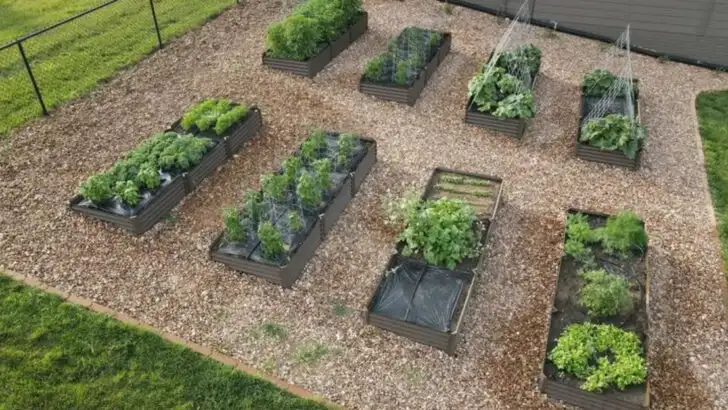When we picture the perfect garden, we often imagine pricey pots, designer furniture, and custom pathways that look like they belong in a magazine spread. But here’s the secret most gardeners won’t tell you: a space can look high-end and beautifully curated without spending anything at all. In fact, some of the most stylish gardens are created using free or repurposed materials that others overlook—or throw away.
This list explores 20 surprising garden materials that look surprisingly luxe but won’t cost you a dime. From broken tiles turned mosaic paths to reclaimed wood transformed into rustic planters, these ideas prove that good design doesn’t have to be expensive. Many of these materials are things you might already have in your garage, backyard, or neighborhood—natural stones, scrap metal, driftwood, even old kitchen tools.
If you’re the kind of person who loves a clever shortcut, appreciates eco-friendly solutions, or just enjoys the thrill of creating beauty on a budget, this list is made for you. Whether you want to build a path, define a flower bed, or add stylish details to your patio, these unexpected materials will help you craft a garden that looks like you spent a fortune—without spending a cent.
Eggshells
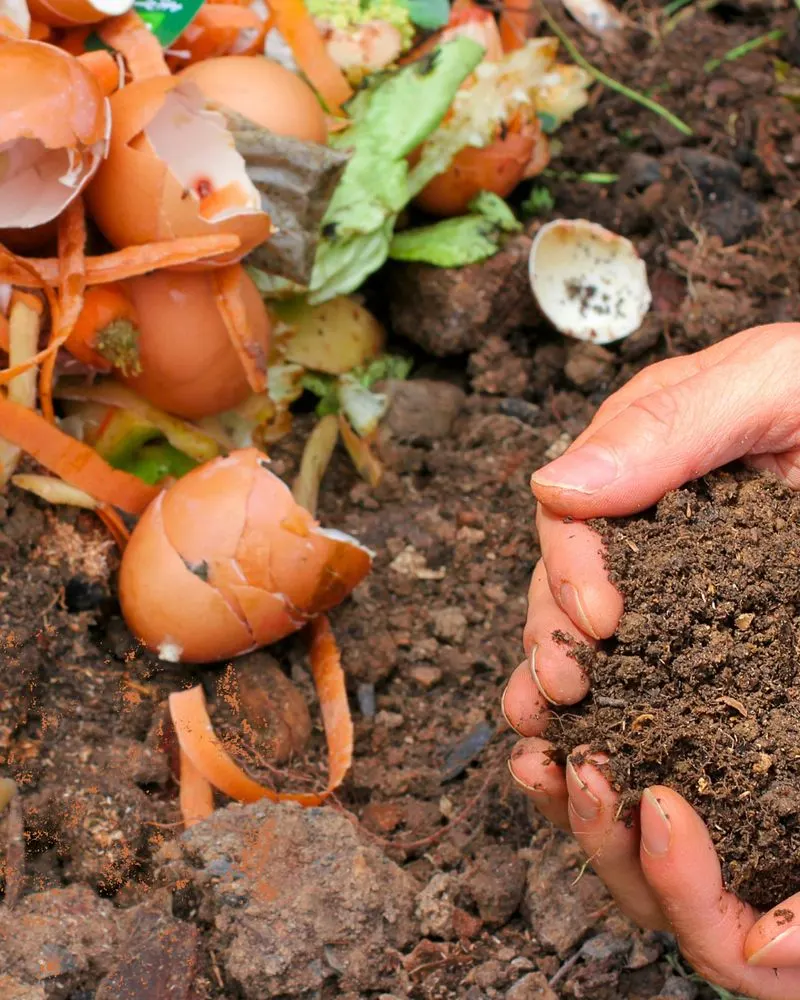
Crushed eggshells are more than just kitchen waste. They serve as an excellent natural fertilizer, enriching the soil with calcium and other essential nutrients. Their delicate, translucent appearance can add a touch of elegance to your garden bed, almost like a natural mosaic. Additionally, eggshells can act as a pest deterrent, keeping slugs and snails at bay. Try sprinkling them around your plants and watch your garden thrive. Even better, this method is completely cost-free, making use of what would otherwise be discarded. Embrace this sustainable gardening practice effortlessly.
Pinecones
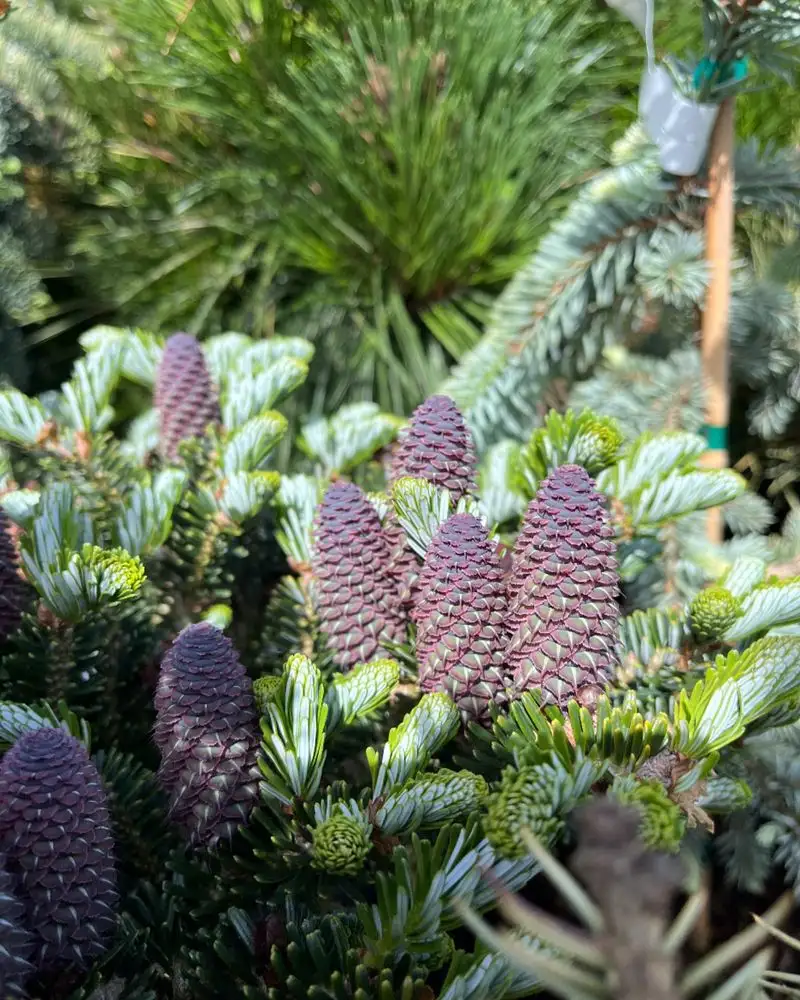
Pinecones, with their intricate design and robust texture, are a remarkable addition to any garden. These natural wonders can be used as mulch, helping the soil retain moisture while adding a layer of aesthetic appeal. Scatter them around plants or use them to line pathways for a whimsical touch. Their earthy tones complement a variety of plant colors, enhancing the overall beauty of your garden. Plus, they’re readily available during walks in the woods or local parks, proving that stylish garden solutions can be both free and plentiful.
Recycled Glass
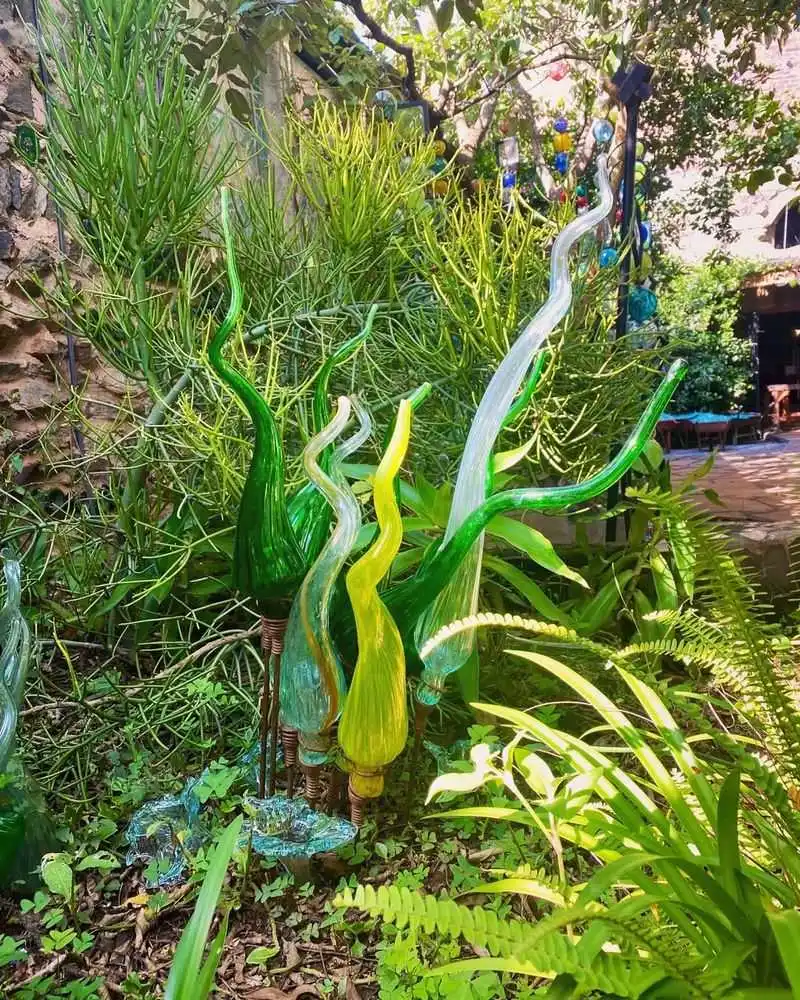
Recycled glass pieces can be transformed into stunning garden decor. These colorful fragments catch the sunlight, creating a dazzling display. Use them as ground cover, or incorporate them into pathways for a modern twist. The shimmering effect of glass adds a luxe feel without the high price tag. Collect old bottles and jars around the house, break them safely, and spread them out in your garden for an artistic touch. Not only do they beautify the space, but they also promote recycling, showcasing your commitment to sustainability.
Old Tires

Old tires, often considered an eyesore, can be upcycled into charming garden planters. Paint them in vibrant colors to create eye-catching displays that breathe life into your garden. Stack them for a tiered effect or use them individually for a pop of color among the greenery. Their sturdy nature ensures longevity and durability, standing up to the elements. Best of all, they are usually free, as many are looking to dispose of them. Transform these discarded items into a statement piece with a splash of creativity and color.
Tree Branches

Tree branches, with their natural elegance, can be crafted into beautiful garden structures. Use them to create trellises, arches, or rustic fences that add character to your outdoor space. Their organic shapes and varying textures provide an artistic flair that synthetic materials often lack. Gather fallen branches from your yard or local park, ensuring a sustainable approach. These natural elements blend seamlessly into the garden environment, offering both functionality and style without any cost. Celebrate the rustic charm that tree branches bring to your garden.
Seashells
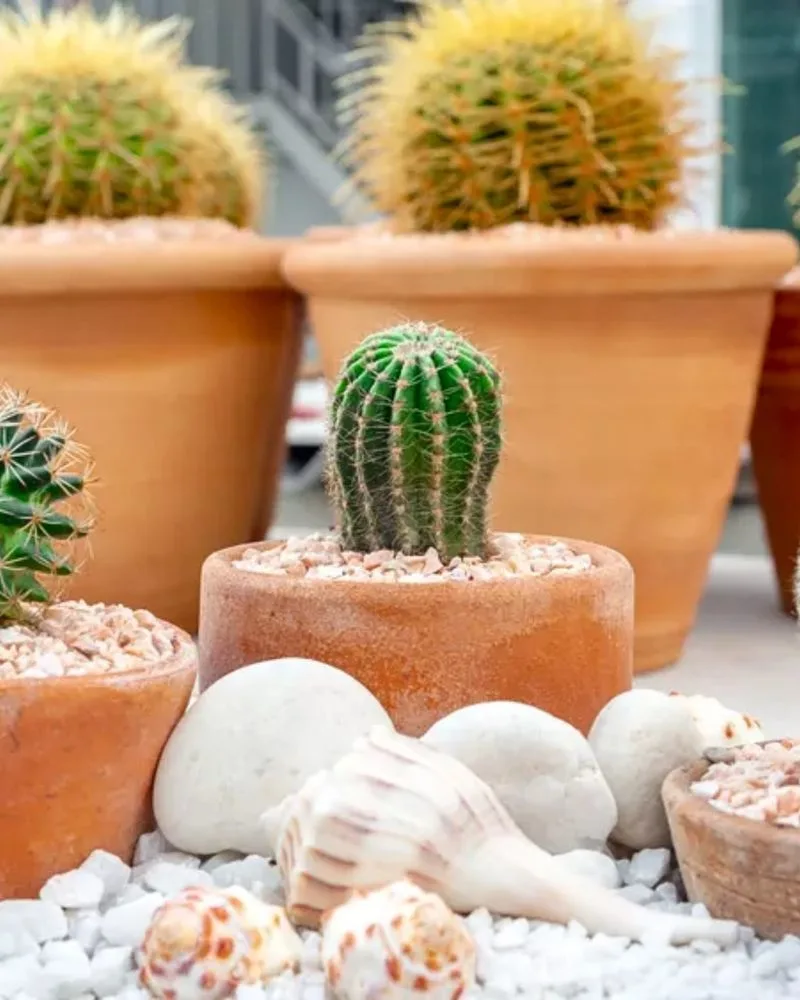
Seashells bring a coastal vibe to your garden, offering a unique texture and subtle color palette. Use them as decorative mulch or to outline garden beds and pathways. Their smooth surfaces and gentle hues evoke a sense of tranquility and harmony with nature. Collect them during beach outings and repurpose them into your garden design. This touch of seaside charm is free, easy to incorporate, and durable against weathering, making them a sustainable option for garden enthusiasts. Enhance your garden with these naturally beautiful elements.
Cinder Blocks
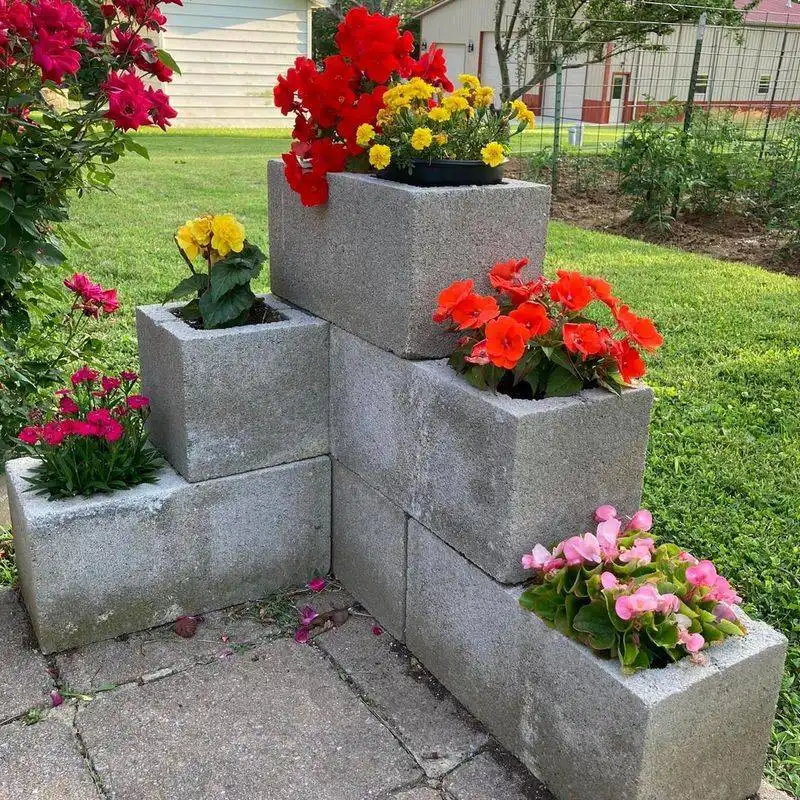
Often overlooked, cinder blocks can be transformed into versatile garden planters. Stack them in various configurations to build raised beds or use them individually to create unique planter boxes. Their industrial look contrasts beautifully with colorful blooms, offering a modern yet rustic appeal. Additionally, their hollow centers provide perfect pockets for soil and plants. Cinder blocks are easily found at construction sites or can be reclaimed from demolished structures, making them a cost-effective choice for garden projects. Elevate your garden design with these robust and adaptable blocks.
Broken Pottery
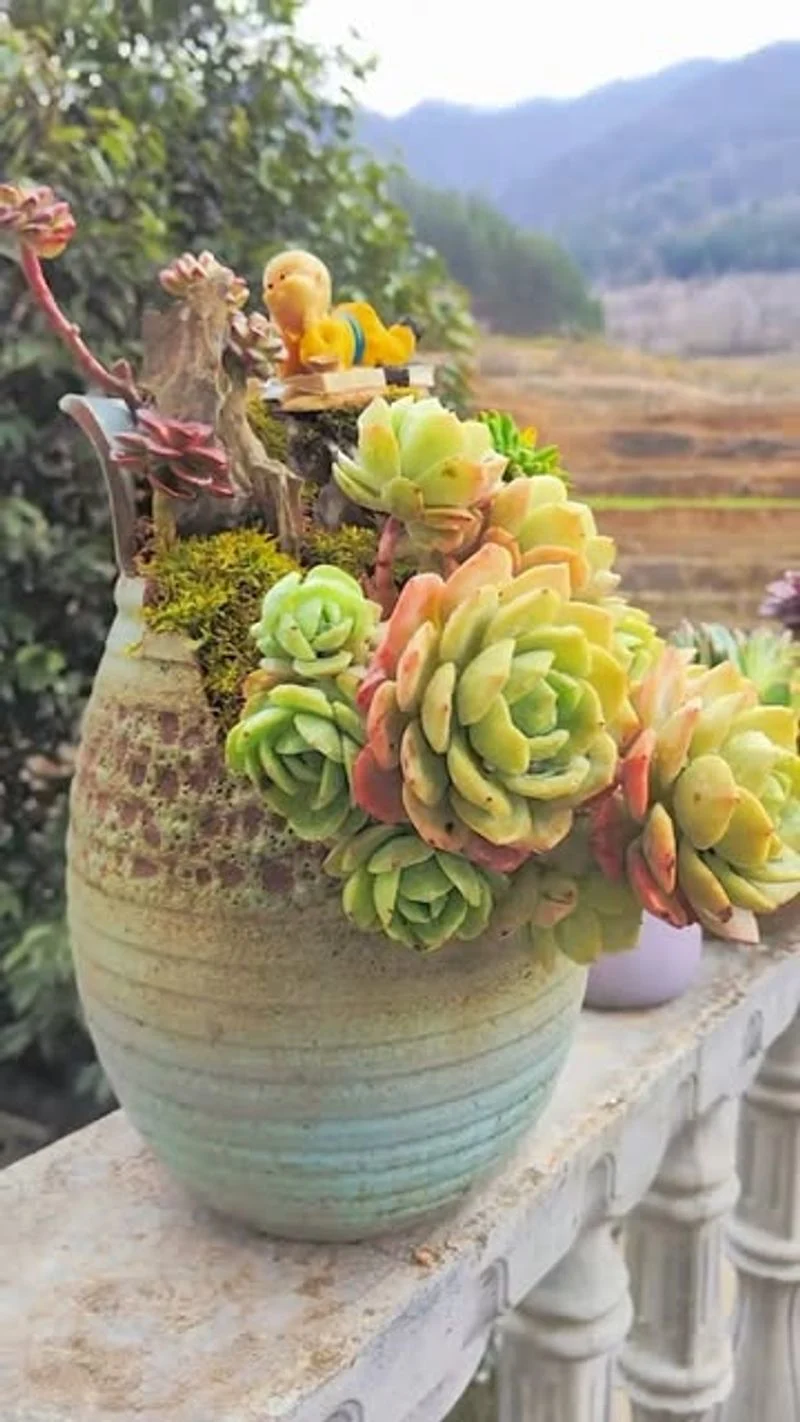
Broken pottery pieces can be transformed into mosaic pathways or decorative borders in your garden. Their colorful patterns and irregular shapes add an artistic flair to any outdoor space. Incorporate them into the edges of flower beds or use them to create a whimsical path. This creative use of shattered ceramics not only recycles what would be waste but also adds a personal touch to your garden decor. Collect broken pots or dishes from your kitchen or neighbors, and let your imagination turn fragments into beautiful outdoor art.
Wine Corks

Wine corks, with their charming rusticity, make excellent mulch. They help retain soil moisture and suppress weed growth, all while adding a quirky touch to the garden. Scatter them around plants or use them to line garden beds for an eco-friendly solution. Corks are lightweight, biodegradable, and readily available after celebrations or gatherings. By repurposing wine corks, you add personality to your garden decor while promoting sustainability. It’s a simple, cost-free way to integrate recycled materials into your gardening practices, making both your garden and the planet happier.
Newspaper
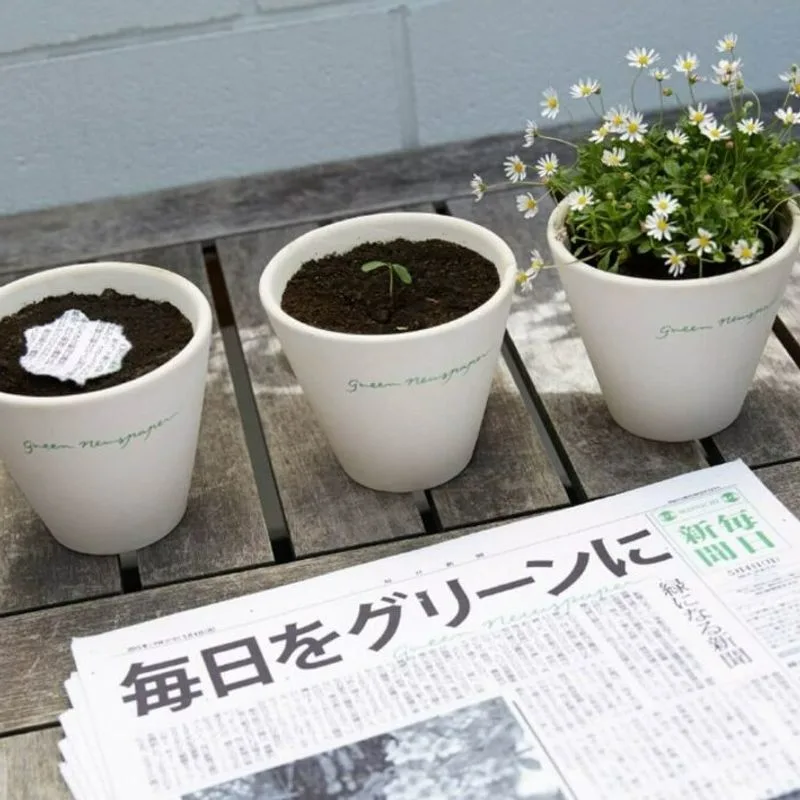
Newspapers might not seem like much, but they play a crucial role in gardening. Layer them under mulch or soil to effectively suppress weeds and retain moisture. This biodegradable option enriches the soil as it decomposes, contributing to a healthier garden environment. Collect leftover newspapers from home or community recycling bins to use in your garden. A practical solution that costs nothing and keeps unwanted plants at bay, newspapers are a gardener’s secret weapon. Implement this simple technique to enhance your garden’s growth and reduce maintenance efforts.
Old Pallets

Old pallets can be transformed into stylish vertical gardens or compost bins. Their sturdy structure and rustic look make them perfect for creating space-saving garden solutions. Attach pots or plant directly in the slats to develop a lush green wall. Alternatively, stack them to form compost bins, aiding in waste reduction. Pallets are often discarded by businesses and can easily be sourced for free. This versatile use of pallets not only maximizes garden space but also adds an element of creativity and sustainability to your gardening efforts.
Coffee Grounds
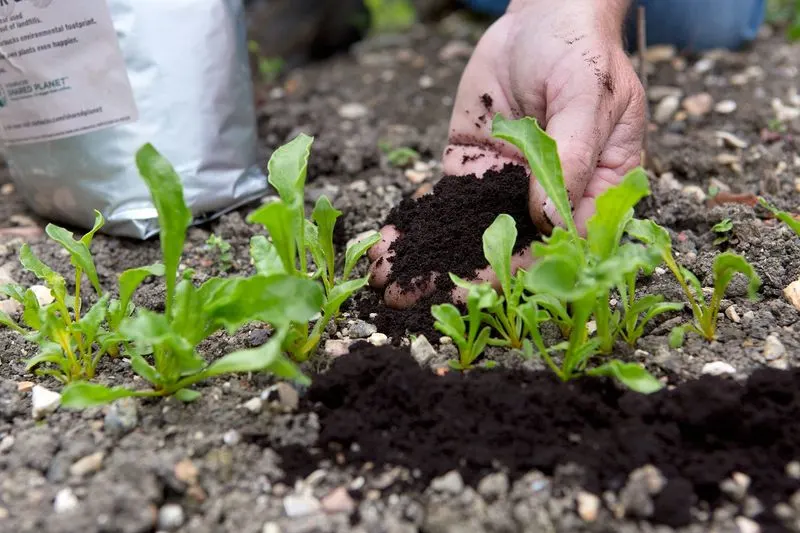
Used coffee grounds are a gardener’s treasure, rich in nitrogen and other nutrients. Spread them over the soil to improve structure and drainage while naturally deterring pests. Their dark hue enhances the soil’s appearance, providing a clean, uniform look. Collect leftover grounds from your kitchen or local cafes, offering a zero-cost solution to enrich your plants. Not only do they benefit your garden, but repurposing coffee grounds also supports sustainable practices, reducing waste and nurturing your outdoor sanctuary. Embrace this simple, effective way to boost your garden’s health.
Leaves
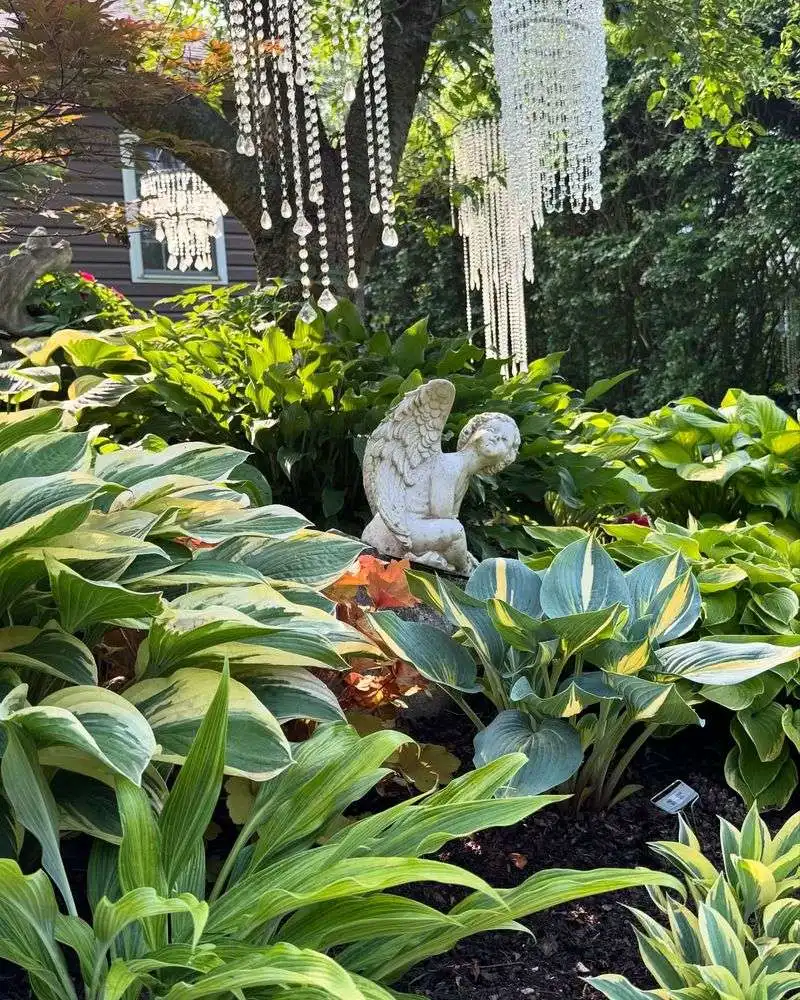
Autumn leaves are nature’s free mulch, providing excellent insulation for plants. As they decompose, they enrich the soil with nutrients, promoting healthy plant growth. Use them to cover garden beds and retain moisture, adding a beautiful layer of color and texture. Collect fallen leaves during the season and spread them across your garden for an eco-friendly, cost-free solution. This natural method not only beautifies your garden but also recycles organic material, closing the loop in your gardening practices. Let the vibrant hues of fall enhance your garden’s charm.
Grass Clippings
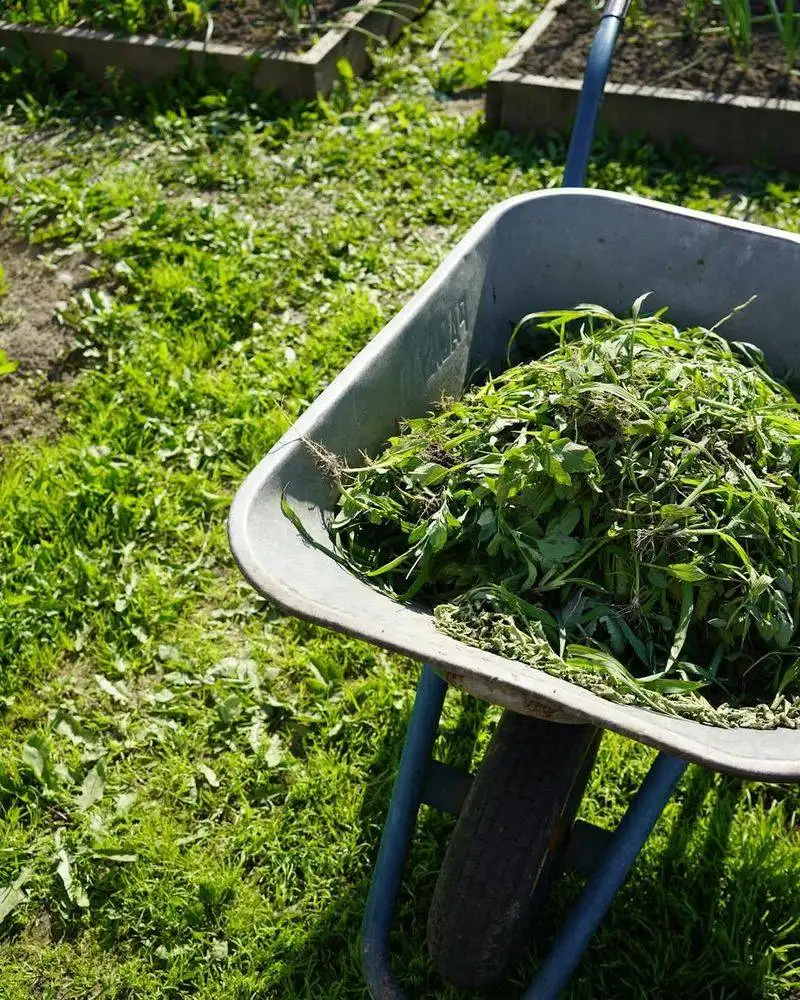
Grass clippings are a gardener’s ally, offering a rich source of nitrogen and acting as a natural mulch. They help retain moisture, suppress weeds, and enrich the soil as they decompose. Spread clippings across your garden beds or around the base of plants for an effective, no-cost mulch solution. Easily collected from your lawn after mowing, grass clippings turn what would be waste into a valuable garden resource. This sustainable practice supports plant health and reduces garden maintenance, making it a simple yet impactful gardening technique.
Tin Cans
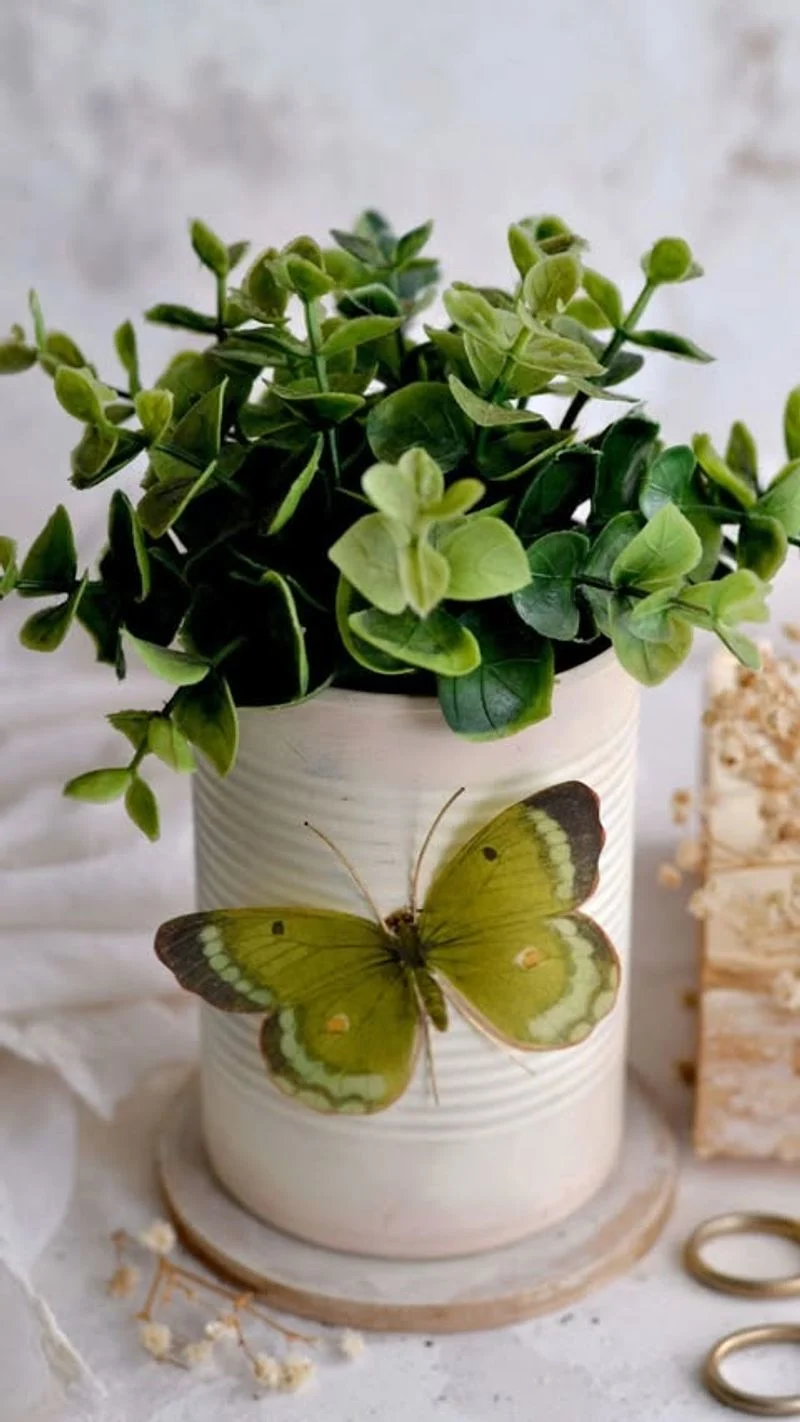
Tin cans, often disregarded as mere kitchen waste, can be transformed into charming planters. Paint them in bold hues or metallic finishes for a stylish touch, and hang them around your garden to display small plants or herbs. Their compact size is perfect for creating vertical gardens or adding accents to existing arrangements. Tin cans are readily available after meals and can be repurposed with minimal effort. This creative reuse not only reduces waste but also adds character and color to your garden space, proving that elegance can be both simple and sustainable.
Rocks
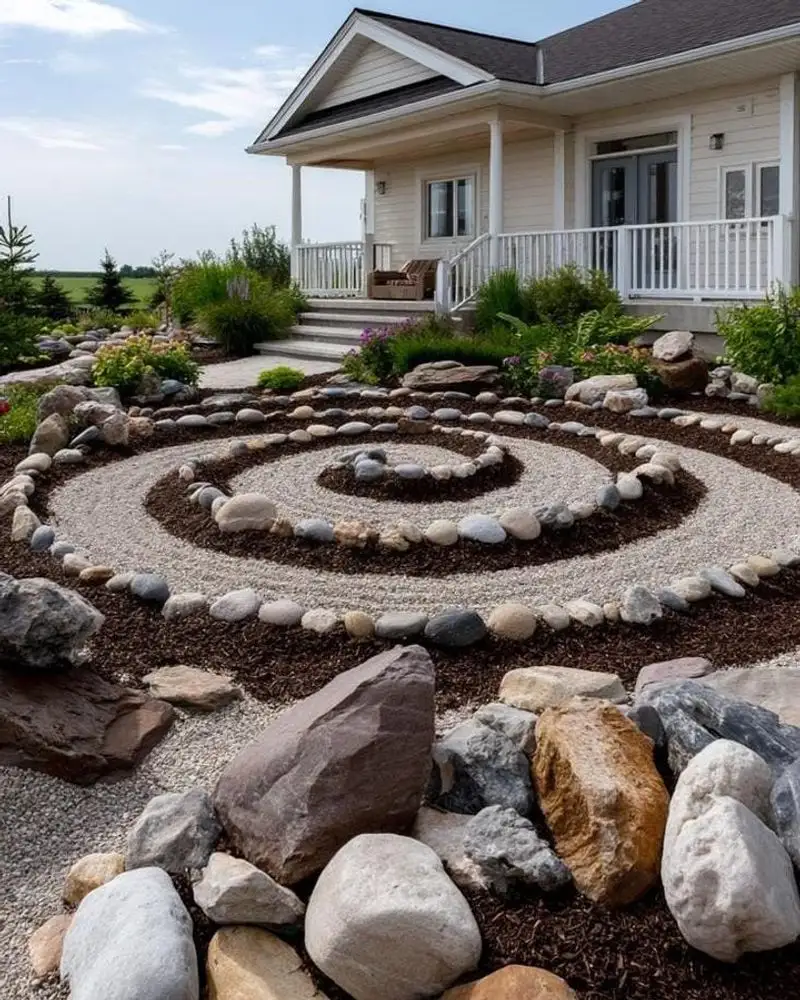
Rocks are timeless elements that can define spaces in your garden with elegance and simplicity. Use them to create borders, paths, or rock gardens, enhancing the structure and aesthetics of your outdoor area. Their natural textures and shades offer a grounded, earthy feel that blends seamlessly with plant life. Collect rocks from hikes or your own backyard, ensuring a cost-free addition. Incorporating rocks into your garden design adds both visual interest and durability, showcasing how these simple materials can elevate your garden without cost.
Wood Chips

Wood chips are a gardener’s friend, providing a natural mulch that retains moisture and suppresses weeds. Spread them along garden paths or around plants to enhance soil quality and garden aesthetics. Their rustic appearance complements a variety of plant colors, adding warmth and texture to the landscape. Often available for free from tree trimming companies, wood chips are a sustainable and practical choice. By incorporating them into your garden, you not only improve its health but also embrace an eco-friendly approach to gardening.
Bamboo
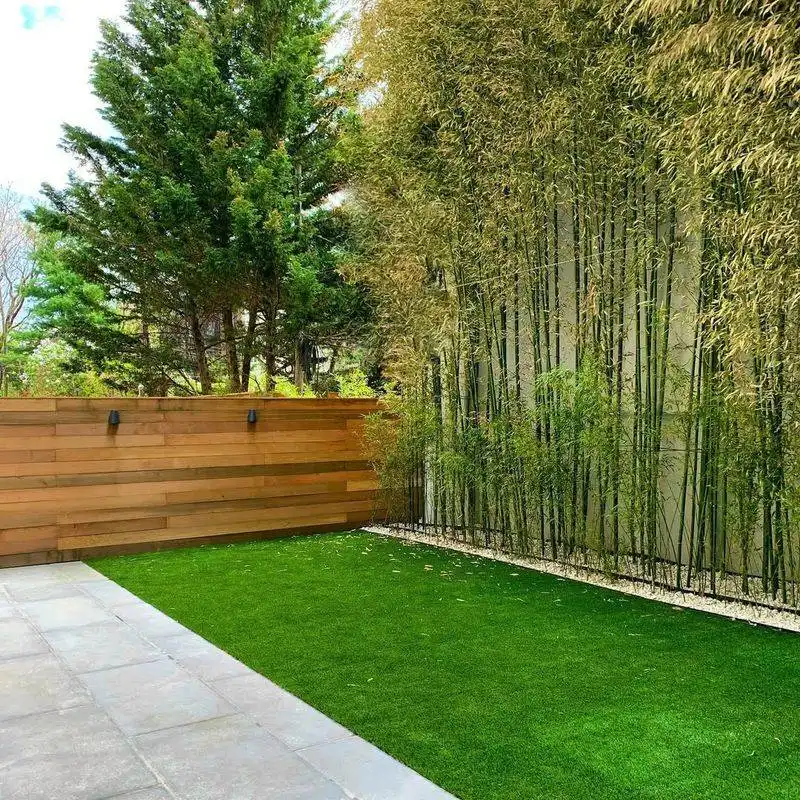
Bamboo, with its strength and beauty, is a versatile material for garden structures. Create trellises, fences, or decorative elements that blend seamlessly with the environment. Its lightweight nature makes it easy to work with, while its durability ensures long-lasting use. Gather bamboo from local sources or garden centers where it’s often given away. This renewable resource adds an exotic touch to your garden without the expense, demonstrating that style and sustainability can go hand in hand. Let bamboo’s elegance transform your outdoor space effortlessly.
Cardboard

Cardboard is a surprising ally in the garden, serving as an effective weed barrier. Lay it down under mulch or soil to suppress unwanted growth and retain moisture. As it breaks down, it enriches the earth, promoting healthier plant life. Collect used boxes from deliveries or local stores, ensuring a cost-free solution. This biodegradable material offers a simple way to enhance garden efficiency and sustainability, transforming what would be waste into a beneficial garden resource. Embrace the practicality and environmental benefits of using cardboard in your gardening practices.

